|
Happy 2025! May it be a year filled with good health, much laughter, love, and peace. Let’s toast the New Year with a glass of Italian bubbly from Abruzzo and Franciacorta, two areas I have explored firsthand; sip by sip! Abruzzo at a glance. Abruzzo is a region nestled in central Italy between the Adriatic Sea and Gran Sasso d’Italia (one of the highest peaks in Italy, standing at 9,554 ft.) and Majella Massif, both part of the Apennine Mountains. For centuries, the inhabitants of Abruzzo have referred to the Majella Massif as a sacred mountain. Two geographical areas comprise Abruzzo: the inland mountainous area that covers 65% of the entire region and the long coastal area with sweeping hills. Climate and geography play an essential role in the outcome of wine, and the stage is set for the terroir of Abruzzo. A moderate coastal climate exists along the Adriatic-facing side of the Apennines and is more continental inland. The vineyards benefit from the high altitude, which provides significant diurnal temperature variations and good ventilation that cools the vineyards, while the Adriatic contributes a coastal breeze. Primary soils are clay-rich interspersed with sandy limestone and marine deposits found along the coastline. Calcareous soils, marl, and rock are inland. Cantina Zaccagnini Tralcetto Brut Rosé IGT Founded in 1978, Cantina Zaccagnini is situated among the scenic hills of Bolognano in the province of Pescara. Every bottle they produce has a vine branch tied with raffia around the neck of the bottle. The Cantina said, “It has become a symbol of excellence, passion, and love for art and wine. Made by the women of Bolognano, where our winery was founded, the “tralcetto” has become an ambassador for the region and the wines of Abruzzo throughout the world, standing for quality connection, and respect for the land.” The estate’s vineyards are organically farmed but not certified. This sparkling wine is produced using the Charmat method. Nose: Red berries with hints of ginger and minerality. Palate: Fresh and dry with fine bubbles and notes of strawberry, raspberry, and a touch of spice. Cranberry notes linger on a long and slightly tart finish. Delicious! Alcohol: 12% SRP: $20 Pairing suggestions: Enjoy as an aperitif or with seafood, shellfish, pasta, vegetable risotto, or grilled chicken. Franciacorta at a glance. Franciacorta is a small wine-producing appellation located in the Brescia province in the Lombardy region of northeastern Italy. Due to the morainic origin of this area (rocks and sediments carried down by the retreating glaciers), the well-draining alluvial soil is rich in minerals. The climate in Franciacorta is considered warm continental, influenced by the Alps. The area also benefits from its close proximity to Lake Iseo, which helps moderate temperatures and plays an important role in both summer and winter seasons. A beautiful dance occurs between the cool air that descends from the Alps and is then captured by Lake Iseo, allowing just the right amount of warmth to spread over the vineyards so that the grapes can ripen and reach proper sugar levels. The dance continues at night when the cool air from the higher elevations of the Alps swoops down to bring fresh air and cool the vineyards from the heat of the day. The diurnal temperatures contribute to optimal grape ripening and preserving acidity in the grapes. Franciacorta DOCG sparkling wines are produced exclusively using the traditional “Metodo Classico” method, in which the second fermentation occurs in the bottle. Only Chardonnay, Pinot Nero (Pinot Noir), and Pinot Blanc are allowed in the blend. The regulations are very strict. The harvest must be done by hand, and the requirements for aging on the lees are as follows: Franciacorta Non-Vintage is 18 months Franciacorta Satèn and Rosé Non-Vintage is 24 months Franciacorta Vintage is 30 months Franciacorta Riserva is 60 months Berlucchi ’61 Extra Brut Although still wine and sparkling wine have been made in this area for centuries, it is Franco Ziliani, a young winemaker working for Guido Berlucchi, who is credited for his approach to making the highest quality metodo classico wine with his first vintage in 1961 bearing the name ‘Franciacorta’ on the label. The winery has 515 hectares of land and produces approximately 4,500,000 bottles of Franciacorta DOCG wine annually, following organic farming methods. This Extra Brut ’61 is a tribute to the birth of Franciacorta in 1961. It is made with 85% Chardonnay and 15% Pinot Noir. Minimum aging is 24 months on the lees, followed by two months after disgorgement. Nose: Fragrant white flowers, ripe red berries, apricots, Meyer lemons, and yeasty bread. Palate: Creamy mousse with crisp acidity that blends with the aromas that segue onto the palate. It finishes with a touch of almond and lemon zest. An elegant pour! Alcohol: 12.5% SRP: $38 Pairing suggestions: Enjoy this sparkling wine as an aperitif or with seafood, creamy pasta dishes, ripe cheese, and veggie appetizers. Whether you are celebrating a special occasion or a “just because” moment, your palate will be delighted with these sparkling wines! Happy New Year! Until next time…
Cheers! Penina To leave a comment or if you have an inquiry, please contact me at [email protected] Several months ago I journeyed to Franciacorta, located in the Lombardy region of northeastern Italy. My stay was brief, but the sparkling wines produced there left quite an impression on my palate. Upon my return home, I received an invitation to attend a sparkling wine tasting and luncheon in NYC featuring the wines of Mirabella, an established winery in Franciacorta. A small group of us gathered in a private room at the Palma restaurant that was adorned with flowers and a dash of spring! It was festive and a perfect setting to enjoy sparkling wines. For those of you who may have missed my story about Franciacorta, here is a recap. Franciacorta is a small wine-producing area located in the captivating Brescia province in the heart of the Lombardy region of northern Italy. It is a picturesque wine region surrounded by the foothills of the Alps to the east, the Oglio River to the west, the shores of Lake Iseo to the north and Po Valley to the south. It is an ideal setting for sparkling wine production. Due to the morainic origin of this area (rocks and sediments that were carried down by the retreating glaciers), the well-draining alluvial soil is rich in minerals. The climate in Franciacorta is considered warm continental, which is influenced by the Alps. The area also benefits from its close proximity to Lake Iseo, which helps to moderate temperatures and plays an important role in both summer and winter seasons. A beautiful dance takes place between the cool air that descends from the Alps and is then captured by Lake Iseo allowing just the right amount of warmth to spread over the vineyards for the grapes to ripen and reach proper sugar levels. The dance continues at night when the cool air from the higher elevations of the Alps swoops down to bring fresh air and cool the vineyards from the heat of the day. The diurnal temperatures contribute to optimal grape ripening and preserving acidity in the grapes. Although still wine and sparkling wine have been made in this area for centuries, it is Franco Ziliani, a young winemaker working for Guido Berlucchi who is credited for his approach to making the highest quality metodo classico wine with his first vintage in 1961 bearing the name ‘Franciacorta’ on the label. This set in motion the drive for other winemakers to also make the best sparkling wine with the aim for “high quality, not quantity”. In 1967, DOC (Denomination of Controlled Origin) was formed with 11 producers. In 1990, Franciacorta was given official status and the Consortium Franciacorta was founded. As stated by the Consorzio Franciacorta, ”The name on the label – Franciacorta- is a single word that defines the land, the production method and the wine”. In 1995, Franciacorta obtained DOCG status, the highest standard of quality for Italian wine. Today, the Consorzio represents 97% of the producers in Franciacorta. The Franciacorta DOCG sparkling wines are produced exclusively using the traditional “Metodo Classico” method where the second fermentation takes place in the bottle. Only Chardonnay, Pinot Nero (Pinot Noir) and Pinot Blanc are allowed in the blend. The regulations are very strict. The harvest must be done by hand and the requirements for aging on the lees are as follows: Franciacorta Non-Vintage is 18 months Franciacorta Satèn and Rosé Non-Vintage is 24 months Franciacorta Vintage is 30 months Franciacorta Riserva is 60 months Now that you are all caught up on Franciacorta, let’s explore Mirabella. Mirabella is a family-run winery that was founded in 1979 by Teresio Schiavo and the late Giacomo Cavalli. The estate derives its name from Mirabella hill, where the oldest vineyard was planted. Today, Teresio’s sons Alessandro and Alberto run the business along with their father and all three are oenologists! Alessandro is Cellar Master and works alongside his father Teresio producing wines and Alberto is the Marketing, Sales and Commercial Direction Manager. Teresio said, “Because Alessandro took over the oenological aspects and is progressing with skill and above all, great enthusiasm, I willingly put my faith in him, leaving me with fewer commitments and responsibilities. My son, Alberto, is a much better public speaker than me and is well suited to his tasks of marketing and director manager.” Mirabella is comprised of 13 vineyards spread over 56 hectares which are all organically farmed. The winery is among the first to adopt a sustainable approach in the vineyards as well as in the cellar. Due to the cellar’s underground location, it is surrounded by natural thermal insulation that maintains the correct temperature and humidity inside. Thick concrete tanks keep wine at naturally low temperatures without the need for external cooling devices, thus using less energy. Since 2012, Mirabella has been using 100% renewable energy. In addition, Mirabella has been working on lowering the amount of sulphites for all their wines. In 2013 they released their first no-sulphite wine, Elite, Franciacorta DOCG Extra Brut. There are zero sulphites and zero allergens such as milk and egg used for the fining process. This is an ongoing project that is taking Franciacorta to the next level. Mirabella produces eight wines of which I had the pleasure of tasting five at the luncheon. Pinot Bianco Brut Nature is made with 100% Pinot Bianco. The use of this grape is rare in Franciacorta and is one of Mirabella’s distinctive wines. Mirabella is the only winery in Franciacorta to have the highest amount of plantings. They have invested much time over the past 40 years cultivating this terroir-driven grape, which is delicate and requires a lot of attention. Because these grapes are early and fast to ripen, Pinot Bianco is the first grape to be harvested. The first fermentation takes place in concrete vats and the second fermentation for 24 months in the bottle and then three additional months after disgorgement. This is a lovely sparkling wine with a bouquet of floral, yeast and light fruit. The palate offers creamy, persistent bubbles with pear, apple and a hint of herbs. It is well integrated with freshness and acidity. Satèn Franciacorta DOCG is made with 100% Chardonnay harvested from 18 year-old-vines. With the first fermentation, 10% of the basic wine is placed in barriques. Second fermentation is over 36 months in the bottle and three additional months after disgorgement. Aromas of white flowers and stone fruit lead to a palate of fresh acidity, pear, a touch of lemon zest, vanilla, honey and a deliciously creamy mouthfeel and fine bubbles. Edea Brut Blanc de Blanc DOCG is a blend of 80% Chardonnay and 20% Pinot Bianco The first fermentation takes place in cement vats and the second fermentation is minimum 24 months in the bottle with three more months after disgorgement. Lovely aromas of stone fruit, floral and citrus lead to a palate of fresh acidity that is well integrated with apples, pear, baked bread, persistent bubbles and a rich mouthfeel. This is a light wine with pleasing complexity. Edea Brut Blanc de Blanc DOCG is a blend of 80% Chardonnay and 20% Pinot Bianco The first fermentation takes place in cement vats and the second fermentation is minimum 24 months in the bottle with three more months after disgorgement. Lovely aromas of stone fruit, floral and citrus lead to a palate of fresh acidity that is well integrated with apples, pear, baked bread, persistent bubbles and a rich mouthfeel. This is a light wine with pleasing complexity. Rosé Franciacorta DOCG is a blend of 45% Pinot Noir, 45% Chardonnay and 10% Pinot Bianco. The estate began producing rosé back in 1982, making it one of the first wineries in Franciacorta to do so from the above blend. Today, rosé represents one-quarter of Mirabella’s business. The grapes are picked at different times and aged in the bottle a minimum of 36 months up to 48 months. Mouthwatering aromas of red fruit, floral, candied apple and toast spill onto the palate with berries and a creamy mouthfeel. This is a wine that keeps going and going! Yummy! Dom Rosé Riserva Dosaggio Zero Riserva Vintage 2009 This is a beautiful blend of 60% Pinot Nero, 25% Pinot Bianco and 15% Chardonnay grapes harvested from the oldest Mirabella vineyard. The first fermentation takes place in cement vats, with only the Chardonnay fermenting in French oak barriques with five months of batonnage. The second fermentation is at least 100 months in the bottle with no less than six months more after disgorgement. These Riserva wines are only available in limited amounts of 1500 bottles. The complexity of this wine is apparent both on the nose and palate with intense aromas of spice, red fruit and brioche. The palate is a dance of berries, with strawberry dominating. Hints of pepper mingle with pomegranate, citrus, spice and an undertone of minerality accompanied by fine bubbles and a silky mouthfeel.
Mirabella represents tradition combined with innovation, respect for the land and for man, consistent quality and sustainability, and wines that maintain the expression of the land. Until next time…Stay Safe, Stay Home and Be Well! Cheers! Penina To leave a comment or if you have an inquiry, please contact me at [email protected] When someone mentions Italian sparkling wines, our thoughts might turn to Prosecco, Lambrusco and Asti Spumante. Well, I have another sparkling wine that should definitely be on your radar. Follow me to Franciacorta where premium and complex sparkling wines are produced. After attending several Franciacorta wine festivals and a masterclass in New York City over the last year or so, I was more than thrilled to visit Franciacorta last month, albeit it was only for a few hours. However, it was quality time spent learning, tasting and dining with the charismatic Ricci Curbastro at Ricci Curbastro Farm Estate. Franciacorta is a small wine-producing area located in the captivating Brescia province in the heart of the Lombardy region of northern Italy. It is a picturesque wine region surrounded by the foothills of the Alps to the east, the Oglio River to the west, the shores of Lake Iseo to the north and Po Valley to the south. It is an ideal setting for sparkling wine production. Due to the morainic origin of this area (rocks and sediments that were carried down by the retreating glaciers), the well-draining alluvial soil is rich in minerals. Franciacorta wine producer, Ricci Curbastro said, “We have 60 different soil types here that can change every few meters”. The climate in Franciacorta is considered warm continental, which is influenced by the Alps. The area also benefits from its close proximity to Lake Iseo, which helps to moderate temperatures and plays an important role in both summer and winter seasons. A beautiful dance takes place between the cool air that descends from the Alps and is then captured by Lake Iseo allowing just the right amount of warmth to spread over the vineyards for the grapes to ripen and reach proper sugar levels. The dance continues at night when the cool air from the higher elevations of the Alps swoops down to bring fresh air and cool the vineyards from the heat of the day. The diurnal temperatures contribute to optimal grape ripening and preserving acidity in the grapes. Although still wine and sparkling wine have been made in this area for centuries, it is Franco Ziliani, a young winemaker working for Guido Berlucchi who is credited for his approach to making the highest quality metodo classico wine with his first vintage in 1961 bearing the name ‘Franciacorta’ on the label. This set in motion the drive for other winemakers to also make the best sparkling wine with the aim for “high quality, not quantity”. In 1967, DOC (Denomination of Controlled Origin) was formed with 11 producers including Ricci’s father, Gualberto. In 1990, Franciacorta was given official status and the Consortium Franciacorta was founded. As stated by the Consorzio Franciacorta, ”The name on the label – Franciacorta- is a single word that defines the land, the production method and the wine”. In 1995, Franciacorta obtained DOCG status, the highest standard of quality for Italian wine. Today, the Consorzio represents 97% of the producers in Franciacorta. The Franciacorta DOCG sparkling wines are produced exclusively using the traditional “Metodo Classico” method where the second fermentation takes place in the bottle. Only Chardonnay, Pinot Nero (Pinot Noir) and Pinot Blanc are allowed in the blend. The regulations are very strict. The harvest must be done by hand and the requirements for aging on the lees are as follows: Franciacorta Non-Vintage is 18 months Franciacorta Satèn and Rosé Non-Vintage is 24 months Franciacorta Vintage is 30 months Franciacorta Riserva is 60 months Ricci Curbastro Farm Estate Dr. Riccardo Ricci Curbastro represents the 17th generation in a family of agricultural traditions since the 13th century. He is an agronomist and winemaker who also has a passion for ornithology and wildlife photography. Ricci was President of the Consorzio Vini Franciacorta in 1992, and again in 1995 when it achieved DOCG status. The estate is located in Capriolo (Brescia) with over 32 hectares of which 27.5 hectares are under vine and planted according to the strict guidelines of the Consorzio. The estate has been certified organic since 2018 and has been practicing Low Impact Farming since 1992. Also, the winery is Carbon Footprint certified since 2012. Ricci said, “The quality of the land is important to pass on. It is part of the family heritage”. The underground wine cellar is where vinification and aging of Franciacorta DOCG take place. With regard to aging the wines, Ricci said, “I consider time as an ingredient. I never sell wine before aging of three years minimum.” In his wish to reduce sulfites, he began experimenting with yeast extracts in 2000. And today he produces his own yeast extracts. Ricci said, “I discovered it creates a longer shelf life for the wines.” Our wine tasting consisted of seven wines including Franciacorta Brut Satèn Brut, Rosé Brut, Demi Sec and Dosagio Zero Gualberto (a wine dedicated to his father.) The classic characteristics of Franciacorta DOCG are imbued with freshness, good acidity, fine and persistent bubbles, notes of brioche and yeast, soft notes of lemony citrus, minerality and a long finish.
Franciacorta Satèn is a “white grapes only” version with lower pressure in the bottle and longer aging. The wines tend to be silkier, with floral and soft notes of pear, honey, lemon and melon. Franciacorta Rosé Brut is a fresh and lively wine with floral and light berries. All the wines that I tasted were complex, elegant and terroir-driven with each bearing their own unique expression. They have longevity and finesse. And not to be forgotten, these are excellent wines to pair with a variety of cuisine. In fact, I can’t think of any food that Franciacorta wines don’t pair with! So, if you can find one of these gems in a wine shop or on a wine menu, go for it! These sparkling wines are worth it! Until next time… Cheers! Penina To leave a comment or if you have an inquiry, please contact me at [email protected] |
Categories
All
|

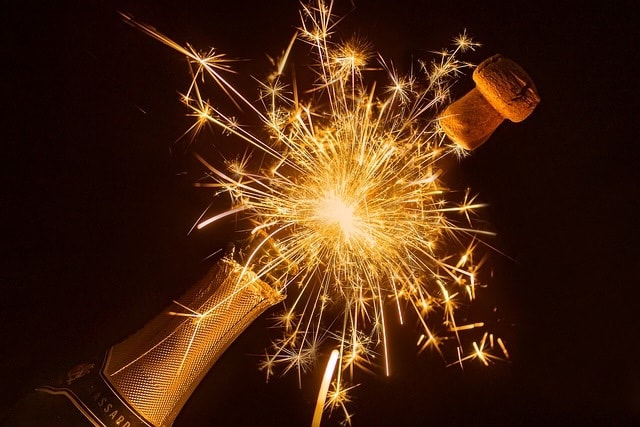
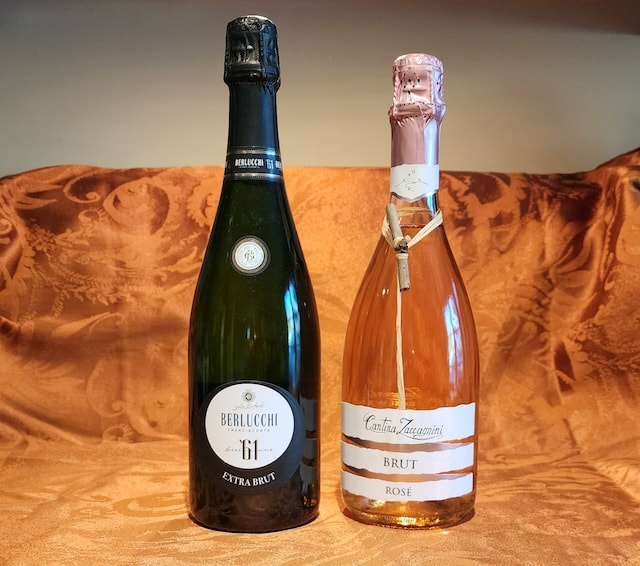
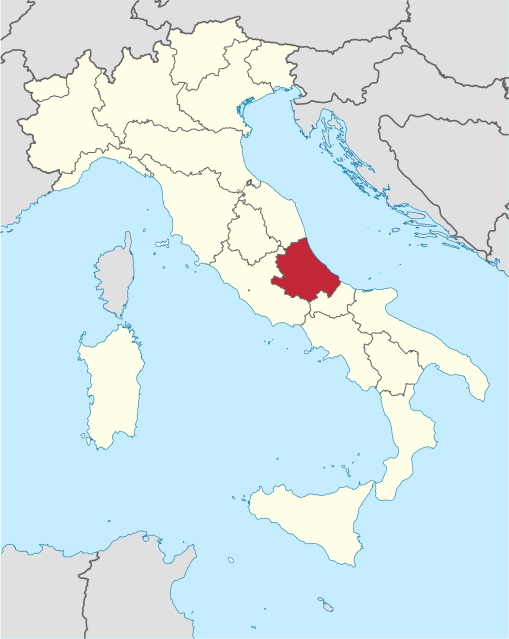
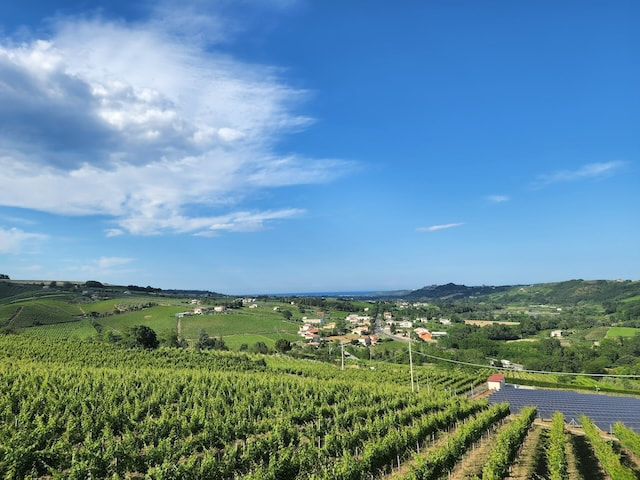
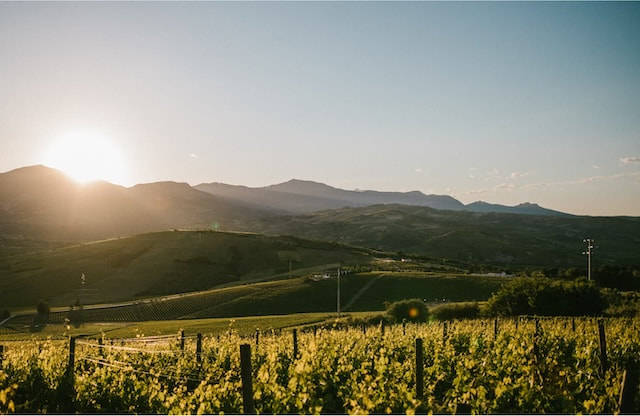
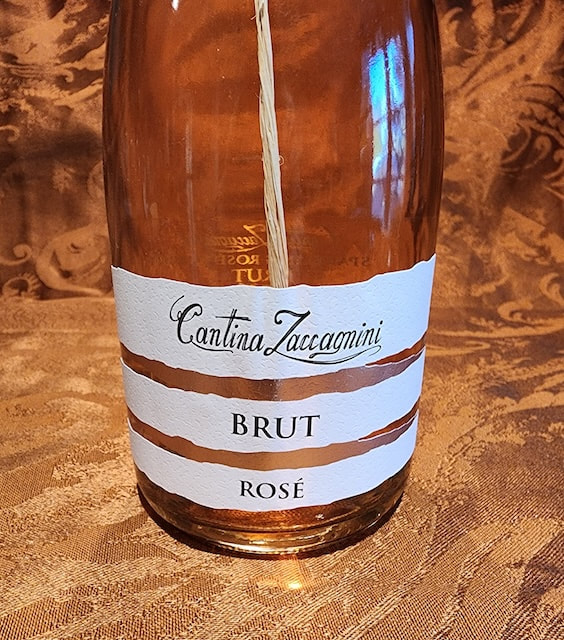
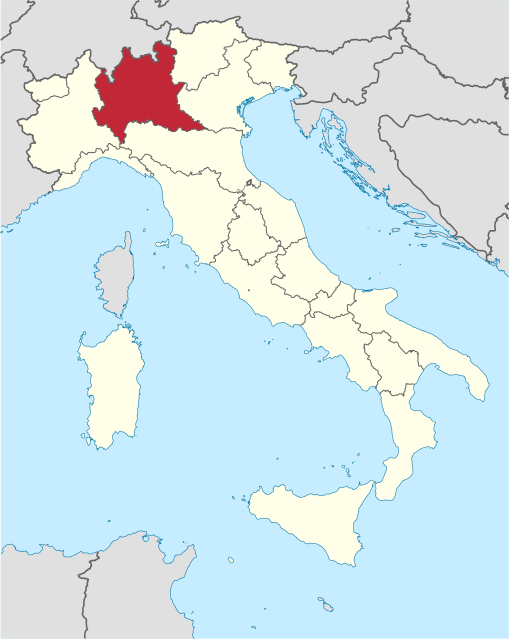
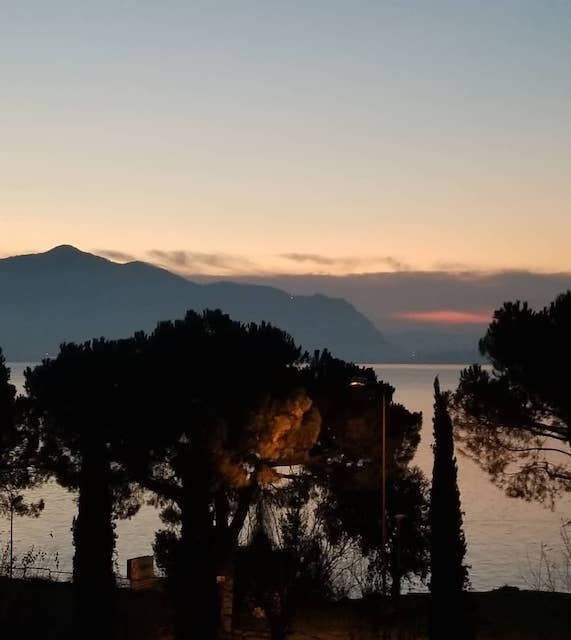
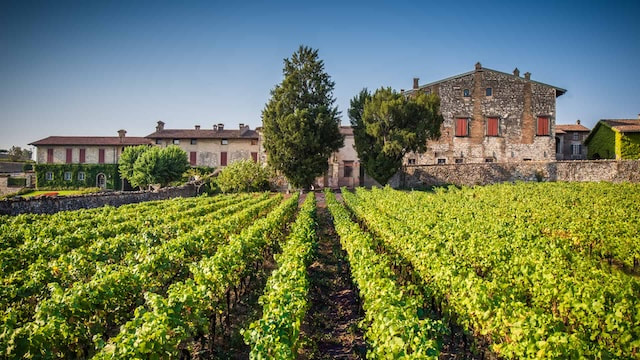
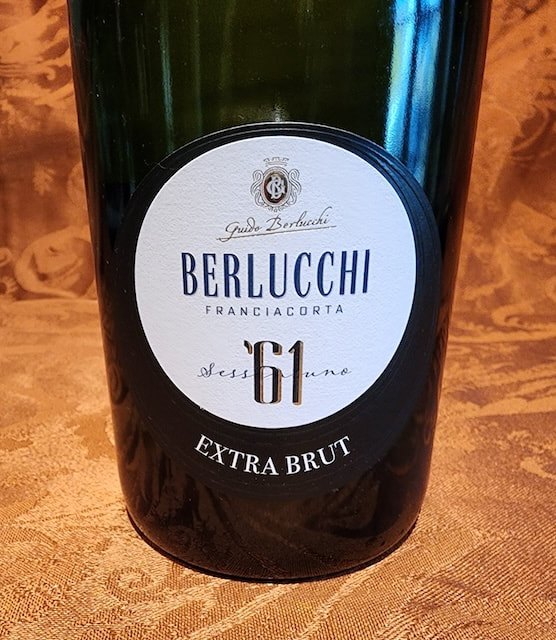
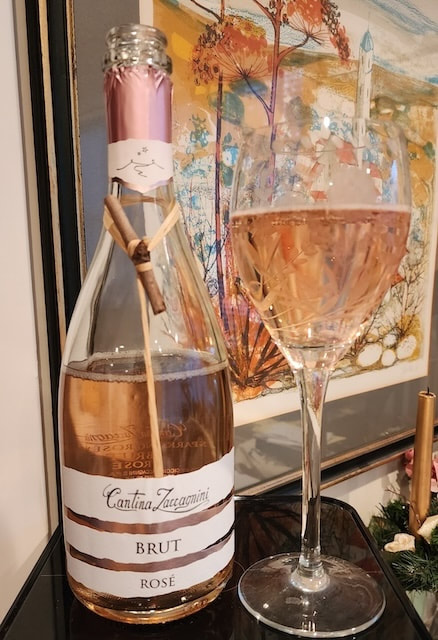
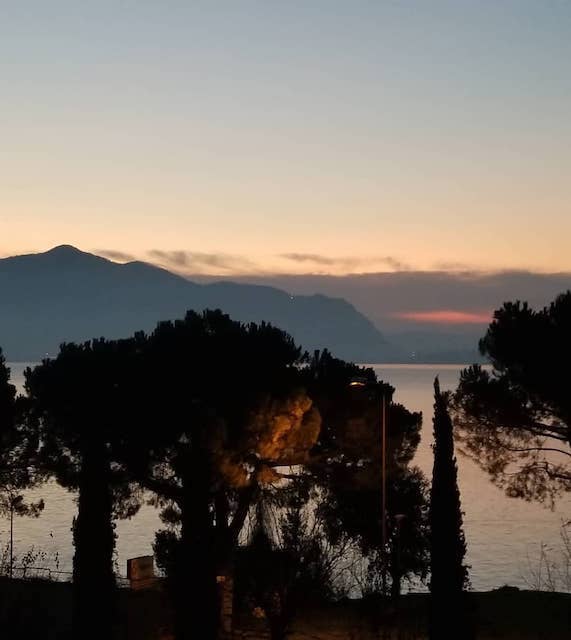
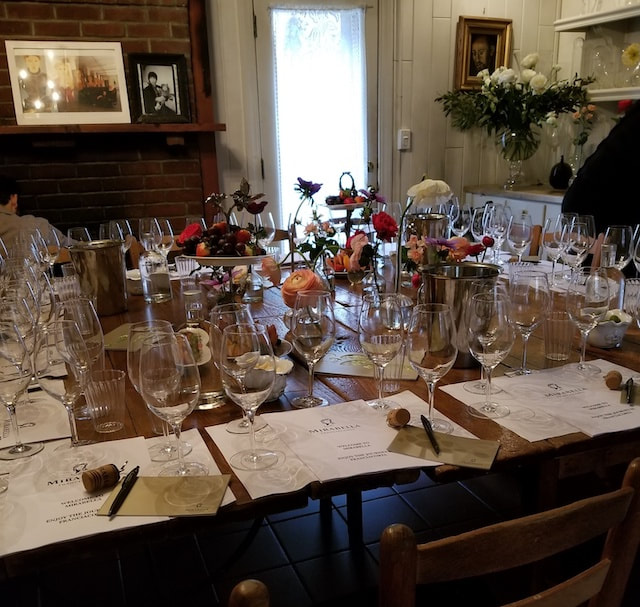
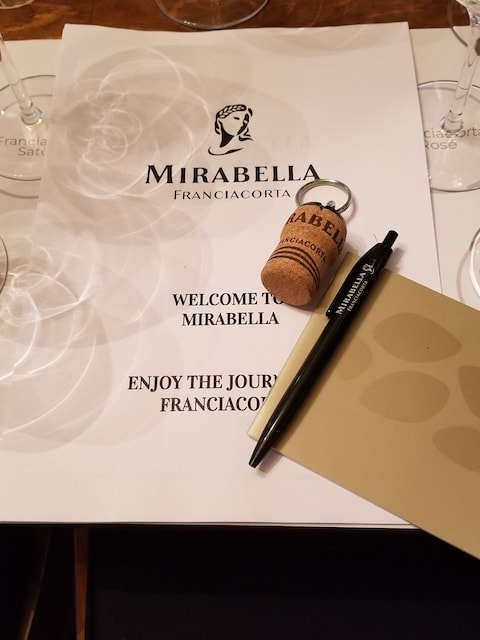
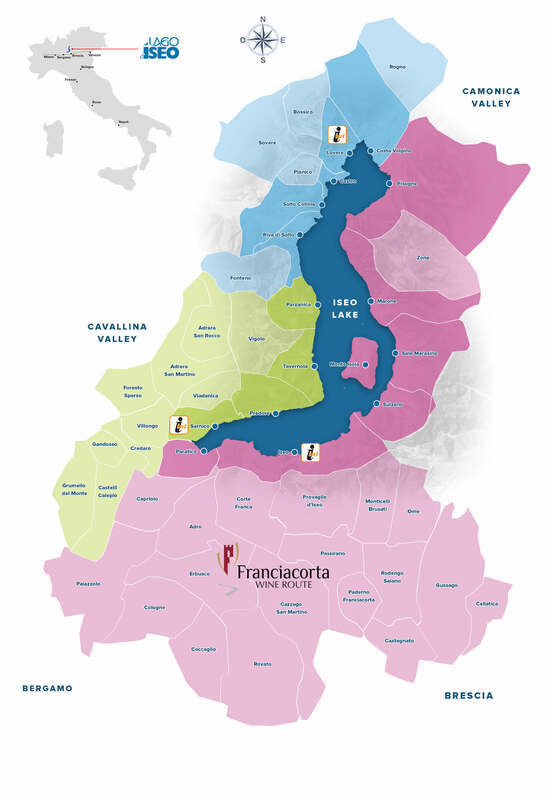

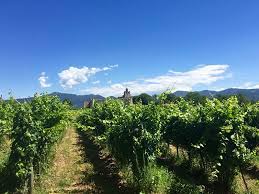
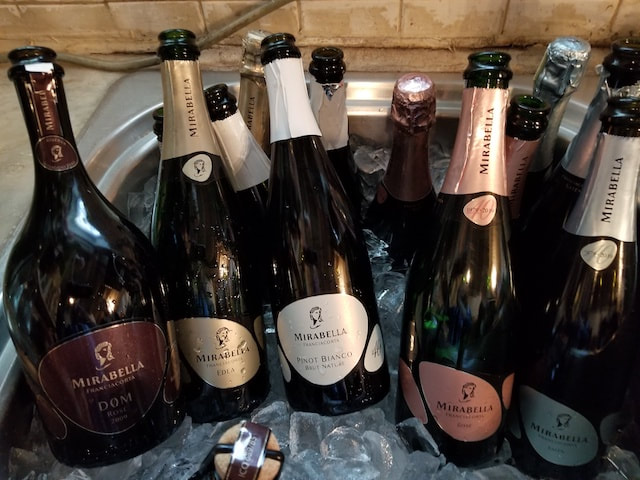
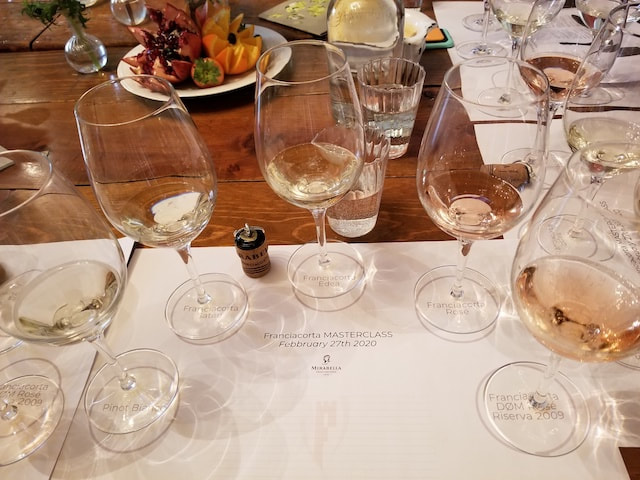
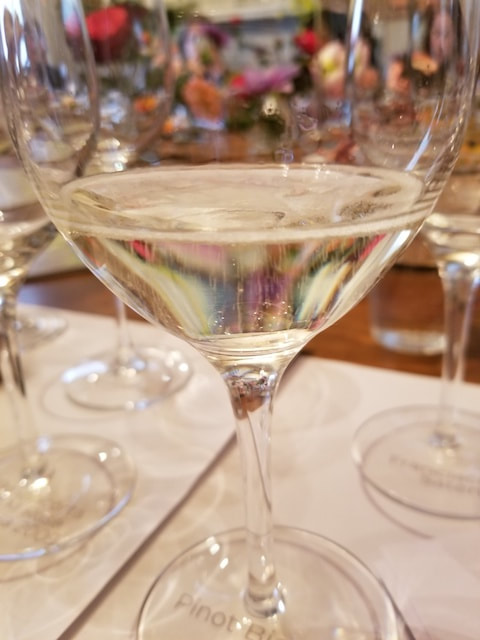
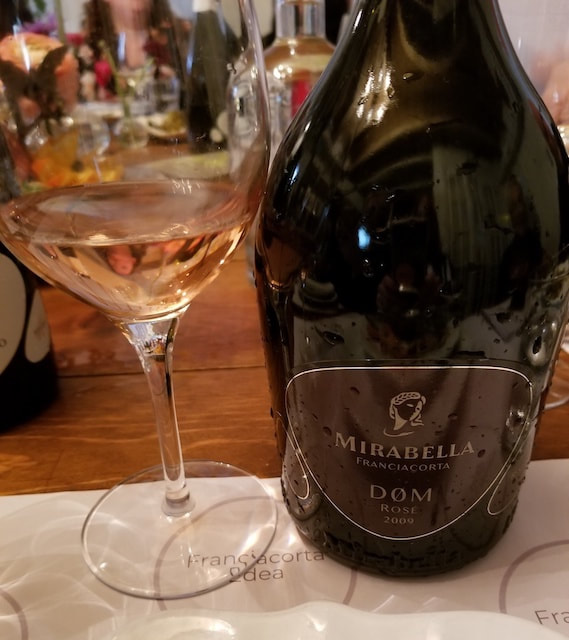
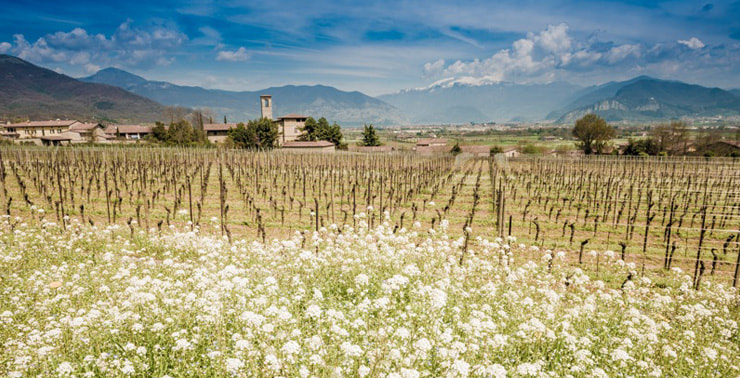
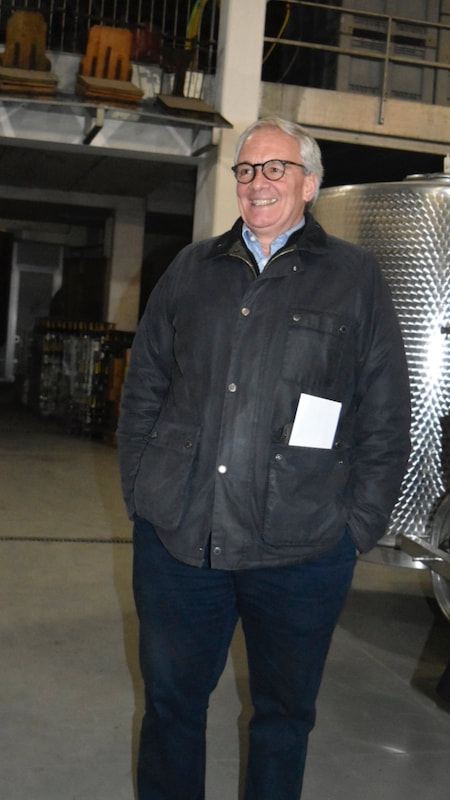
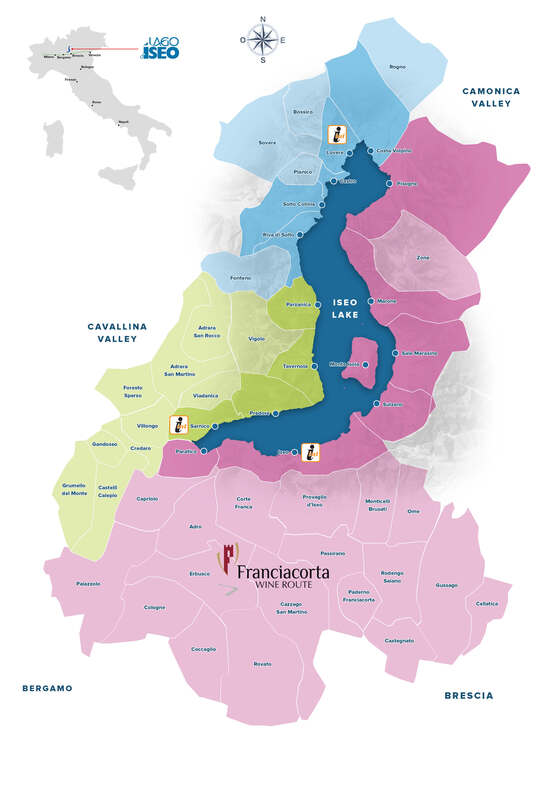

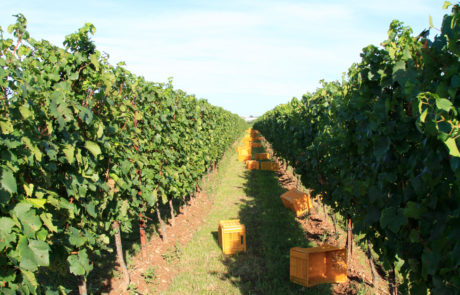
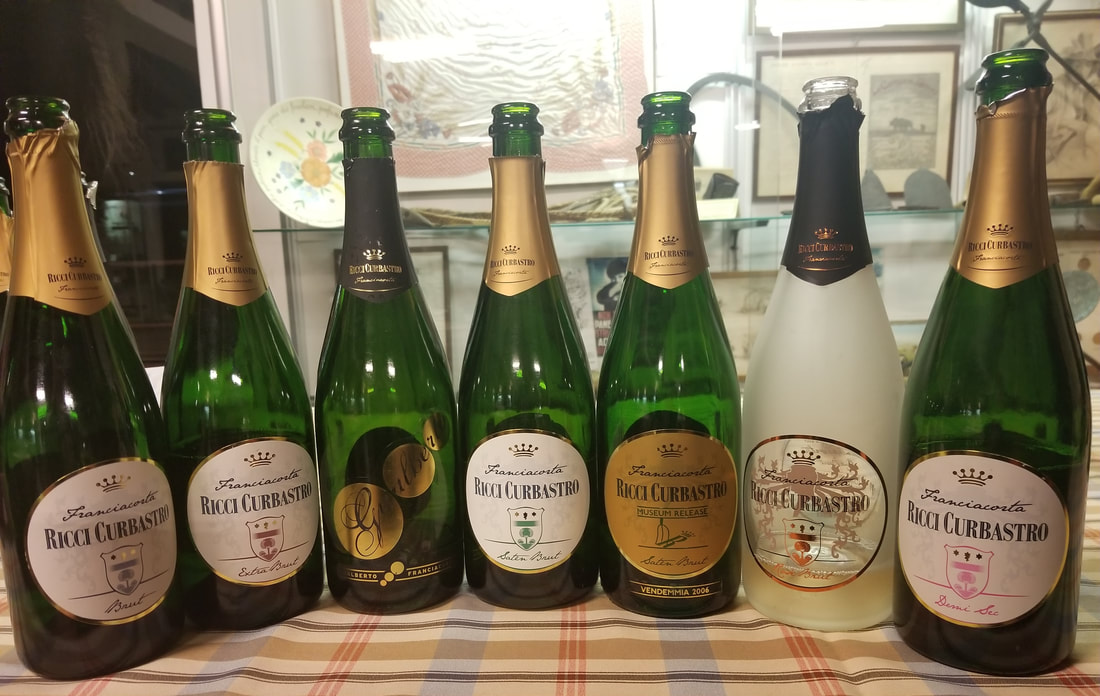
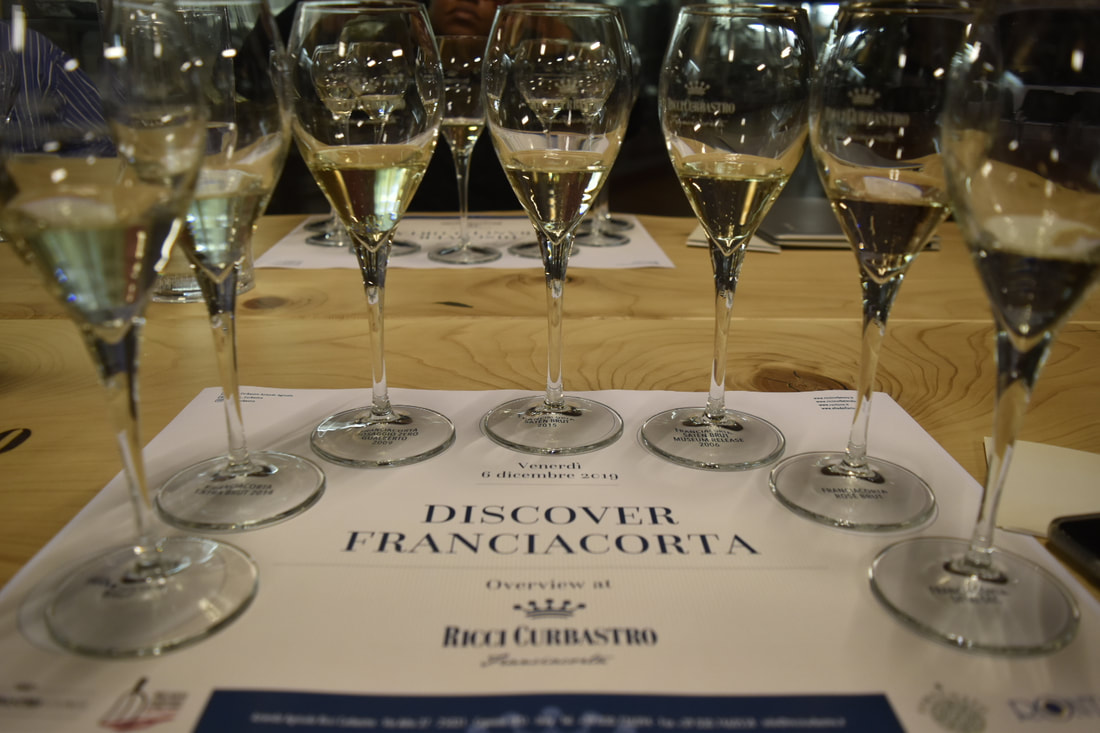
 RSS Feed
RSS Feed